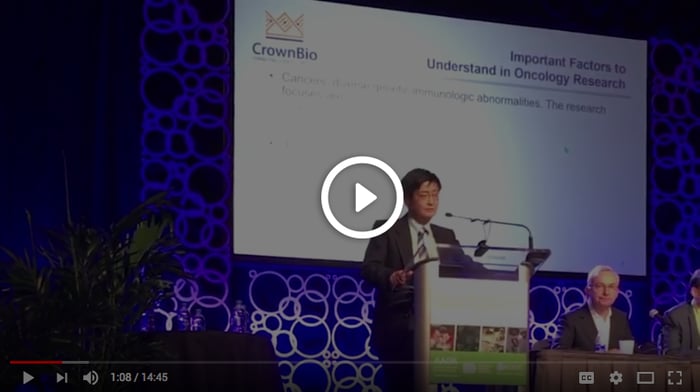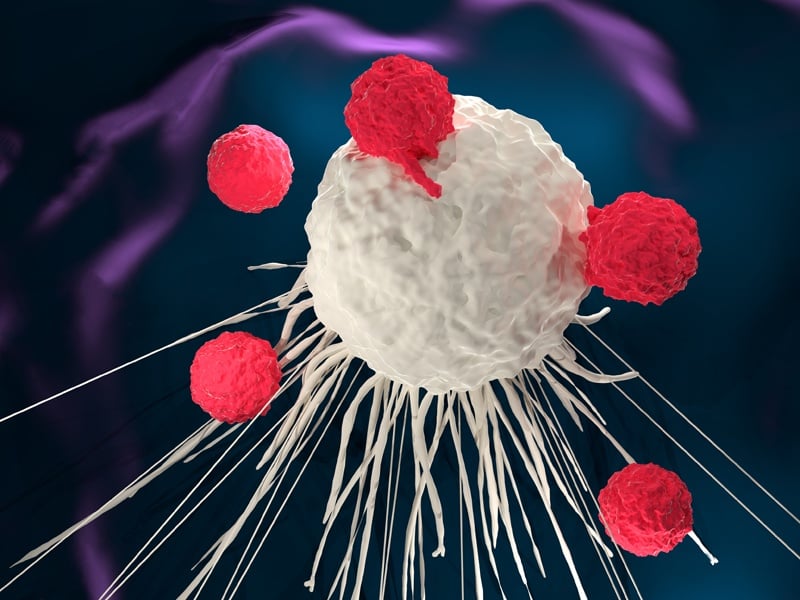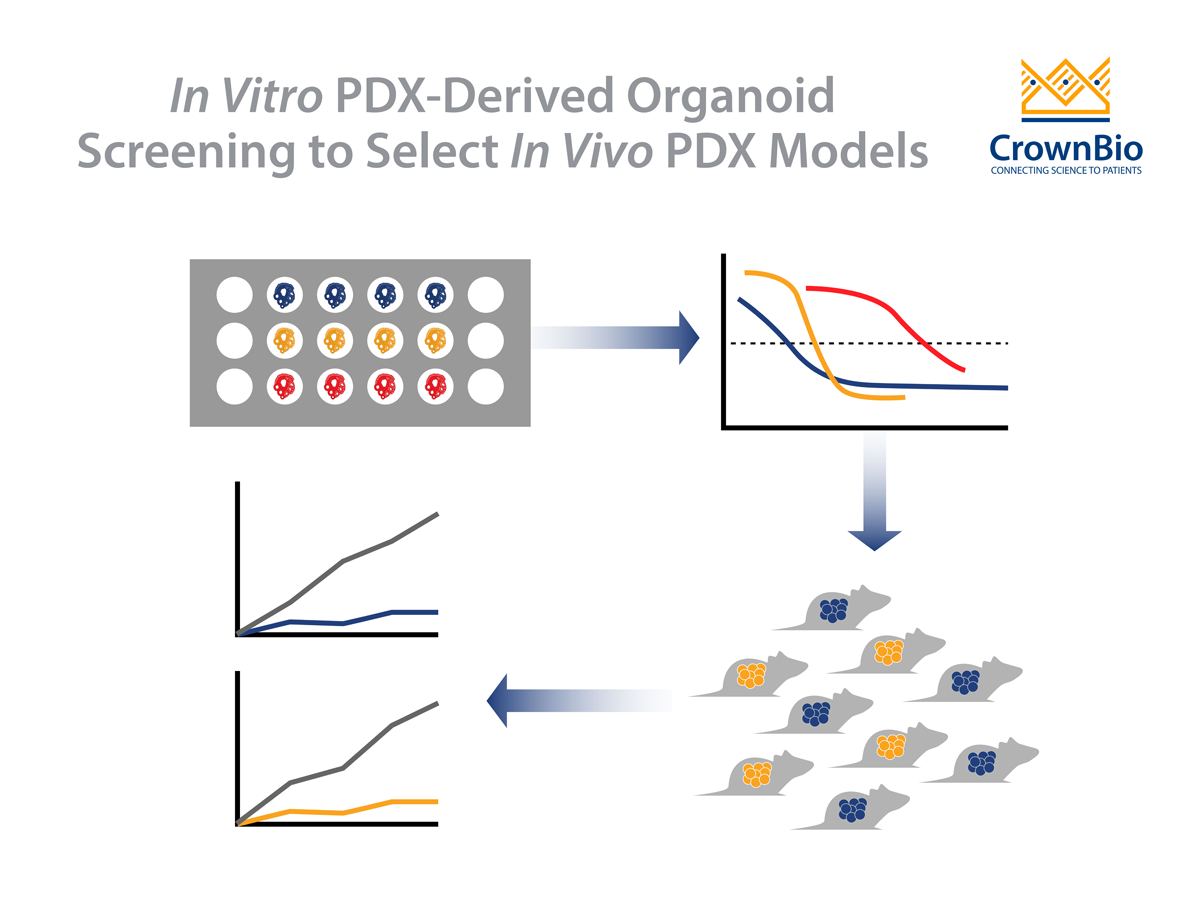Transcriptomic Analysis of Patient-Derived Xenografts Reveals Heterogeneity in Human and Mouse Stroma/Immune Compartments
 It is being increasingly recognized that cancers are more than just genetic diseases, they are also diseases of immunological abnormalities. Research has therefore focused on both cancer genomics as well as immunogenomics, mainly on the tumor microenvironment which can play a critical role in tumor progression and response.
It is being increasingly recognized that cancers are more than just genetic diseases, they are also diseases of immunological abnormalities. Research has therefore focused on both cancer genomics as well as immunogenomics, mainly on the tumor microenvironment which can play a critical role in tumor progression and response.
Studying stroma-specific components has been historically challenging; however, newer experimental animal models provide excellent systems for investigating the TME, for example patient-derived xenograft (PDX) models, which closely mirror human disease for a range of factors including histo and molecular pathology, and response to treatment.
PDX Provide a Surrogate Model for TME and Tumor-Stroma Interaction Studies
PDX models allow straightforward in silico separation of human and mouse content, providing a surrogate model for TME and tumor-stroma interaction studies. Using whole transcriptome sequencing on our large panel of PDX models we have been studying the TME, and presented our initial results with both a short talk and poster at the 2017 AACR-NCI-EORTC International Conference on Molecular Targets and Cancer Therapeutics.
This post reviews the main highlights of our presentation, with the full short talk available to watch on our website.
PDX Tumor Microenvironment – Mouse and/or Human?
One of our first questions was on the TME background, and does human TME exist within these models. The answer is that PDX models have a majorly mouse TME. The efficient separation of human vs murine TME components in silico in these models, along with the loss of most of the human TME, enables the downstream investigation into the relationship between tumor cells and tumor stromal components.
Cross-Species Interactions Vary Across Cancer Types
We also investigated whether there are cross-species interactions between the human tumor cells and murine stroma. We found that that different cancers have different types and/or degrees of interaction e.g. of the cancer types tested, melanoma had the most co-regulated genes (therefore has the most interactions between the tumor and the stroma cells) whereas pancreatic cancer had the least.
Tumors with the least regulation from the stroma should be able to grow more independently, and this was confirmed by our data which showed that tumor take rate is inversely correlated with the number of interactions. Tumors featuring mutations (e.g. colon cancer with KRAS mutation) also showed few interactions (compared with wild type tumors) and a high take rate.
Active, Murine Tumor-Infiltrating Immune Cells are Present
The study moved on to look at whether mouse tumor infiltrating immune cells are present and, while T cells were not found, other lineages were (e.g. B cells, dendritic cells, NK cells) albeit heterogeneously across cancer types, suggesting somewhat differential recruitment of mouse stroma.
We verified that the tumor-infiltrating cells were active, in particular NK cells, showing that PDX models are suitable for the evaluation of non-T agents.
Small Proportion of Human Stroma is Present
We finally looked to investigate whether human stroma was still present, and it was found, dependent on cancer type. Flow analysis confirmed the presence of human immune components, which was long lived over many passages of the models.
Future work is planned to elucidate the full biological impact of these findings, as well as continuing the research presented here.
Review our Short Talk and Poster on this Topic
For more information review our short talk and related poster B209 from the AACR-NCI-EORTC International Conference on Molecular Targets and Cancer Therapeutics 2017:











